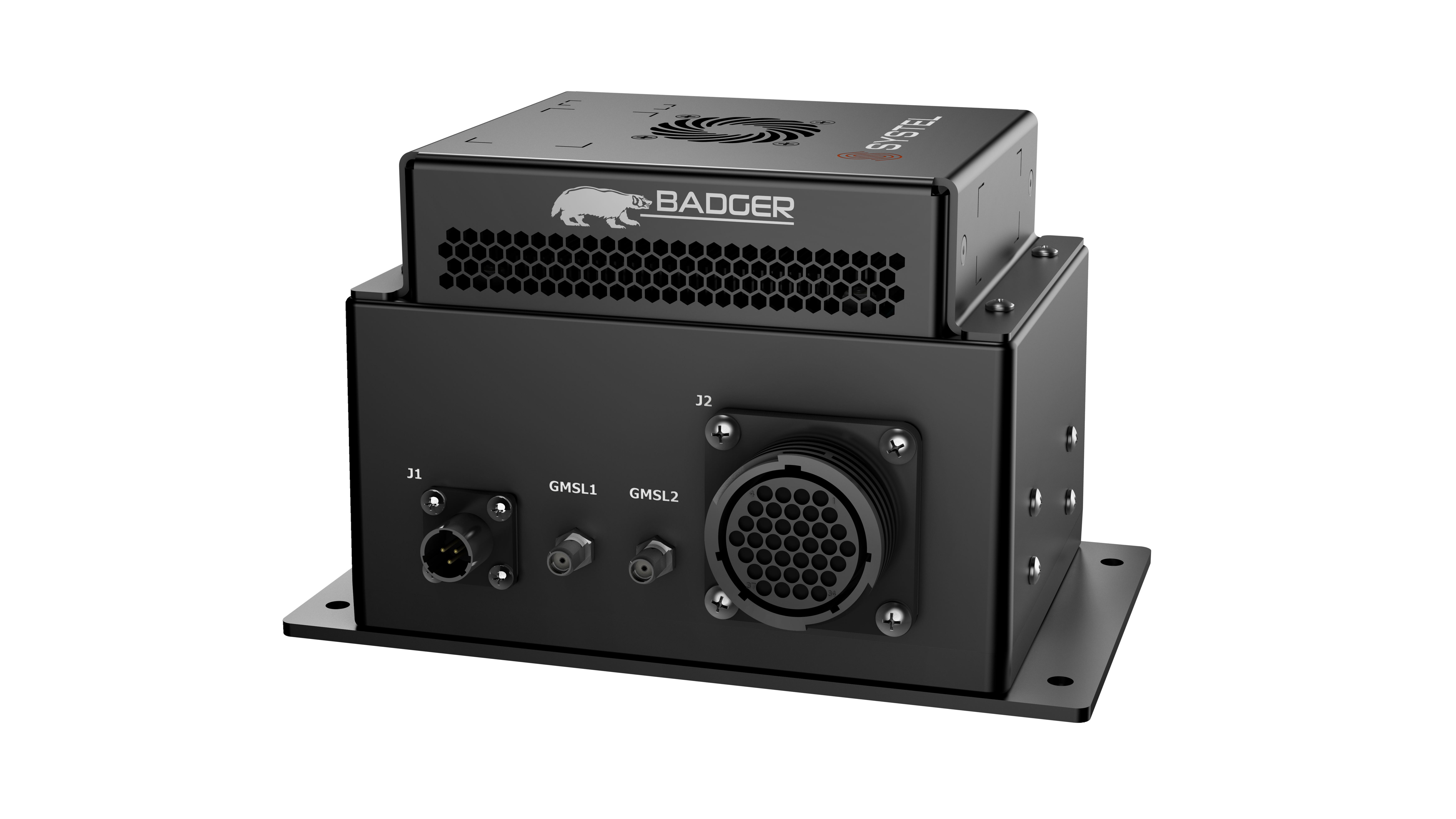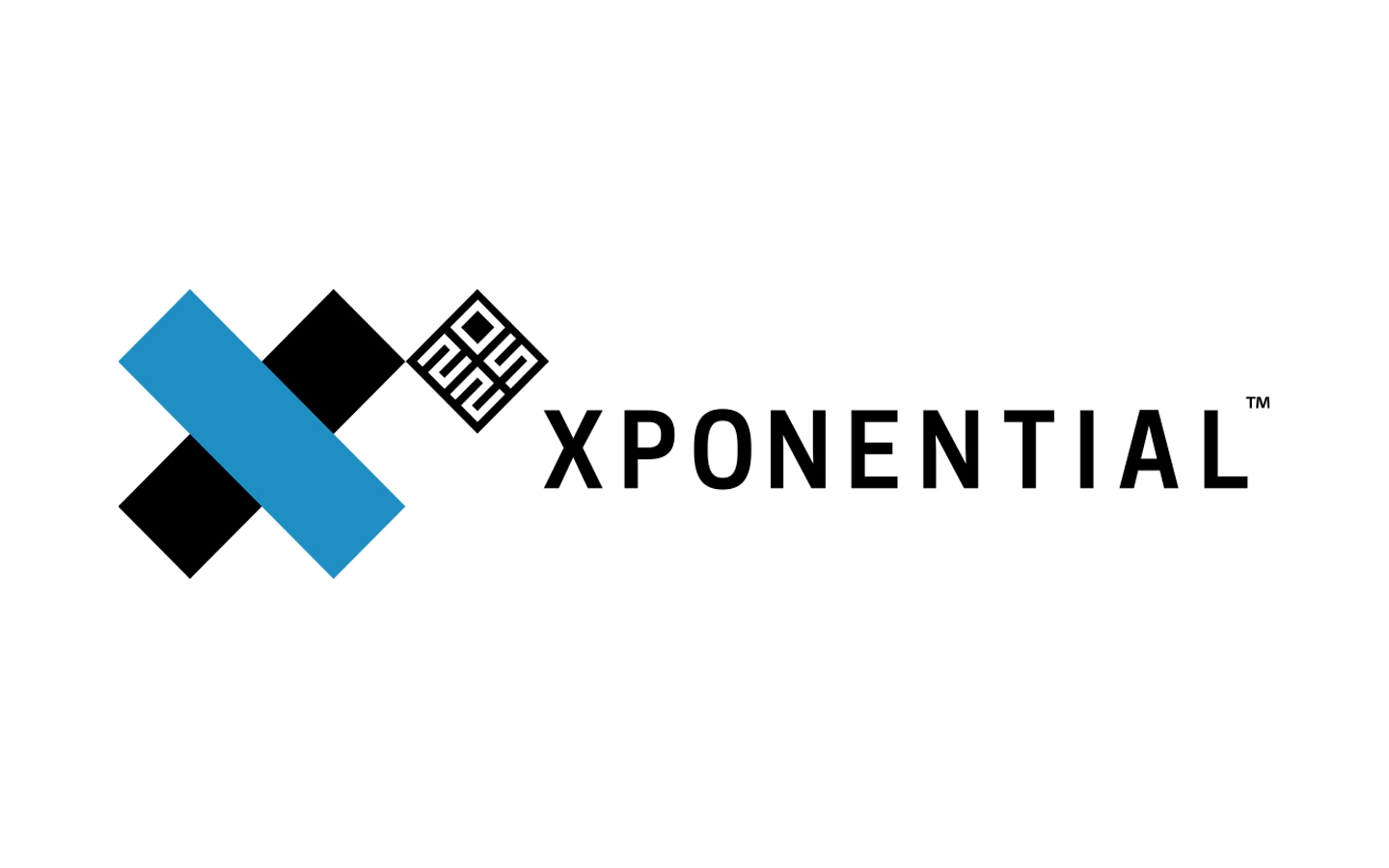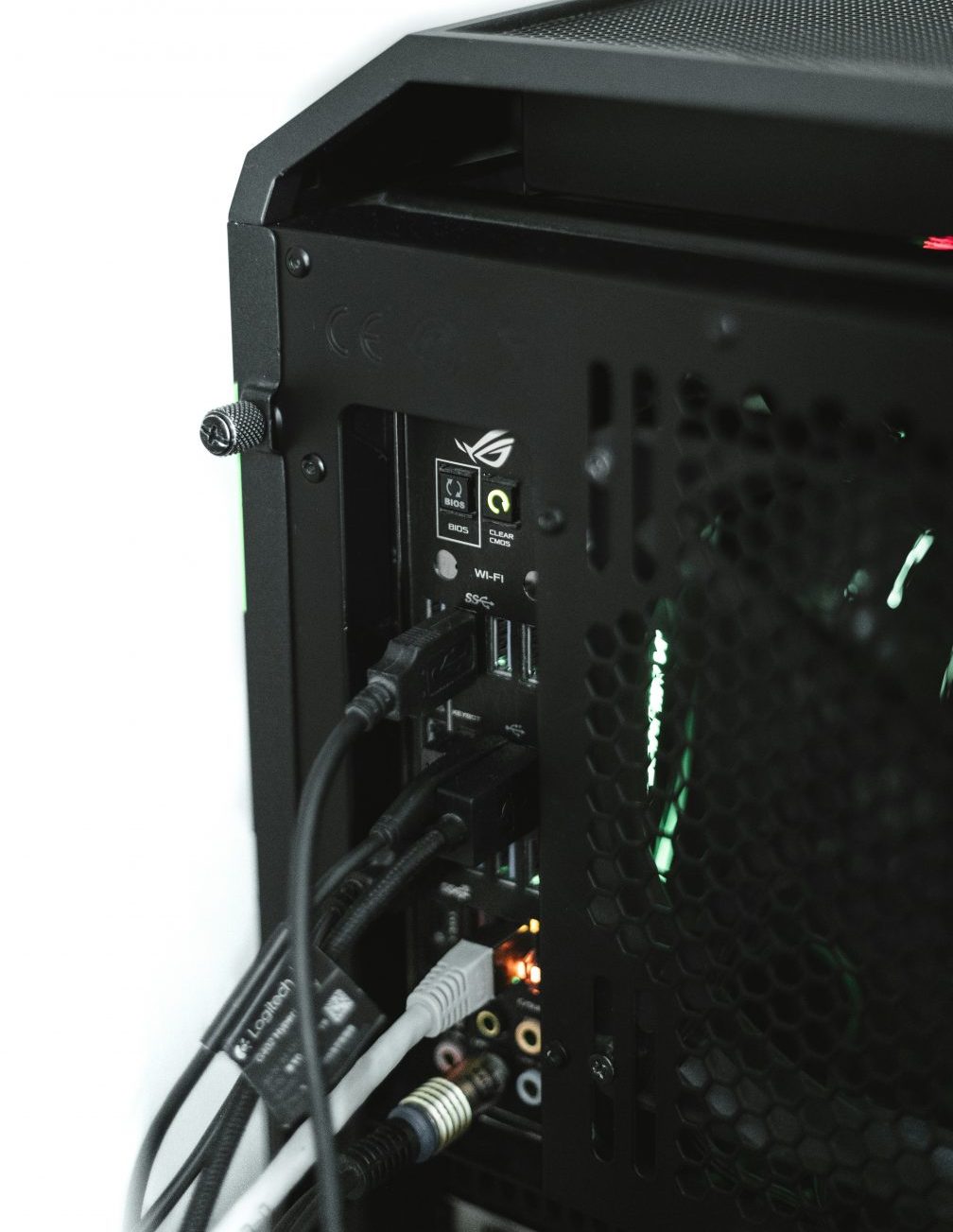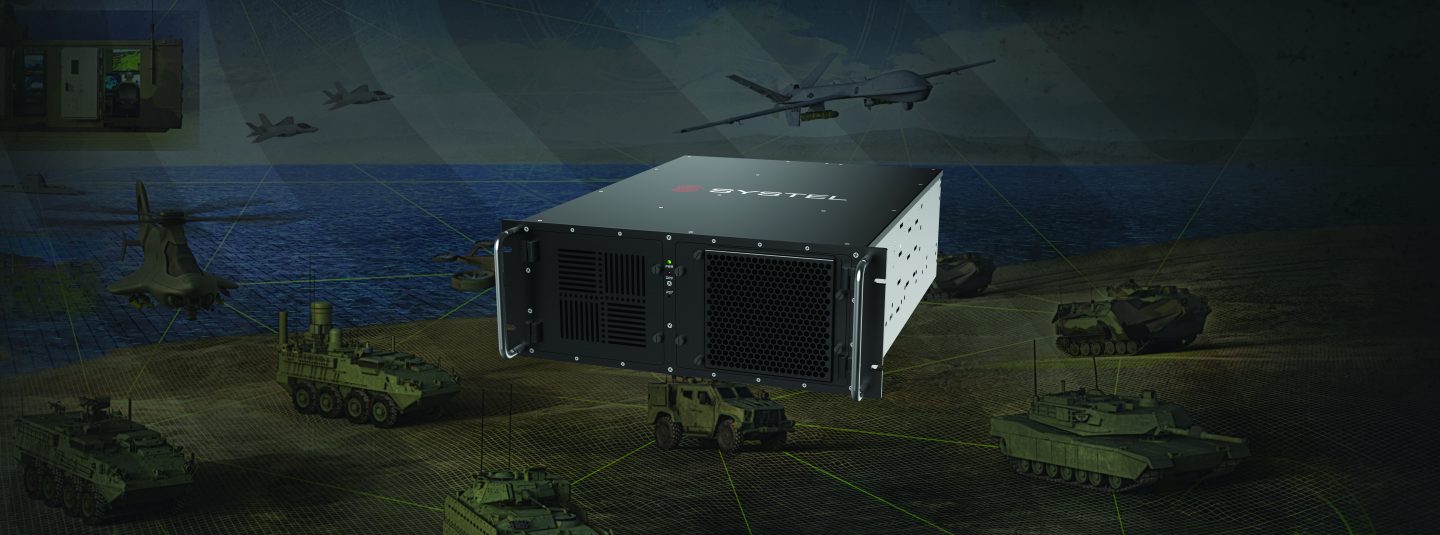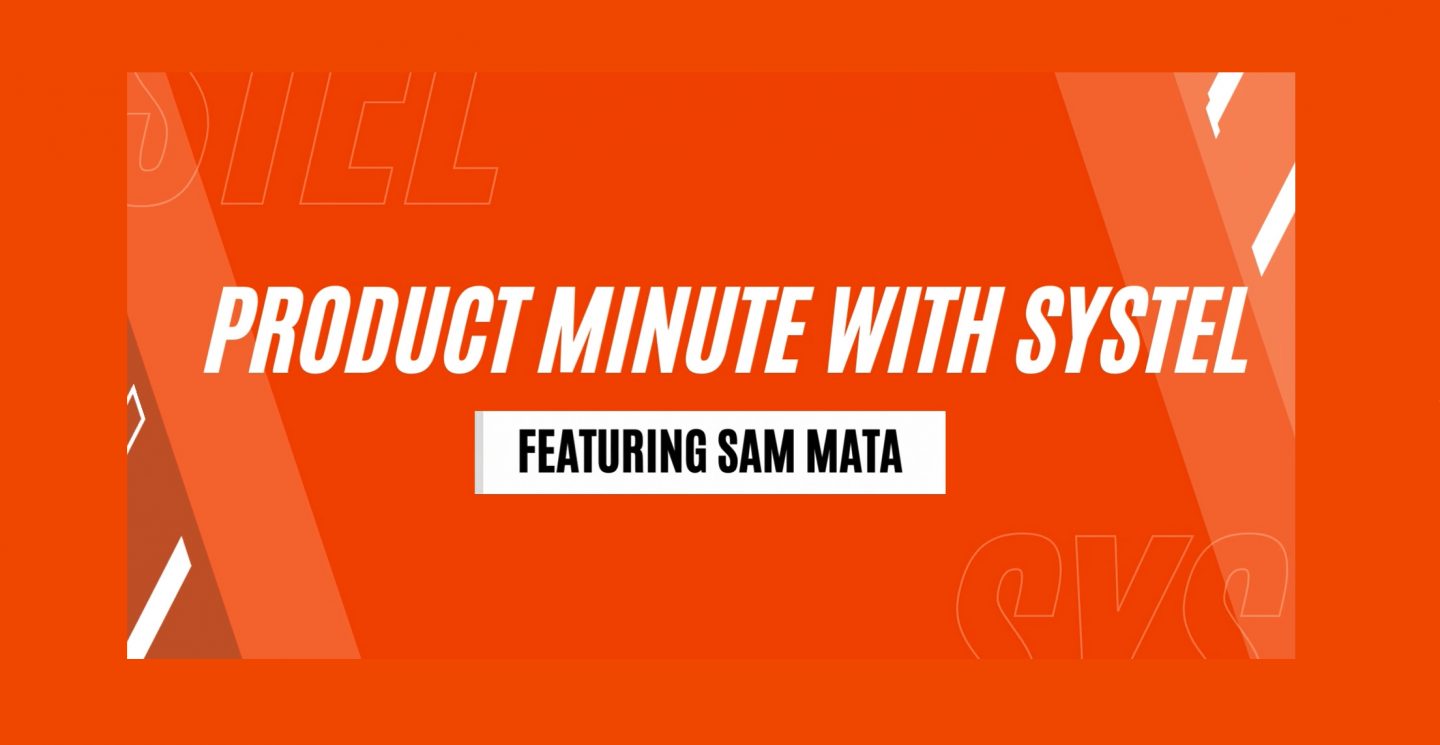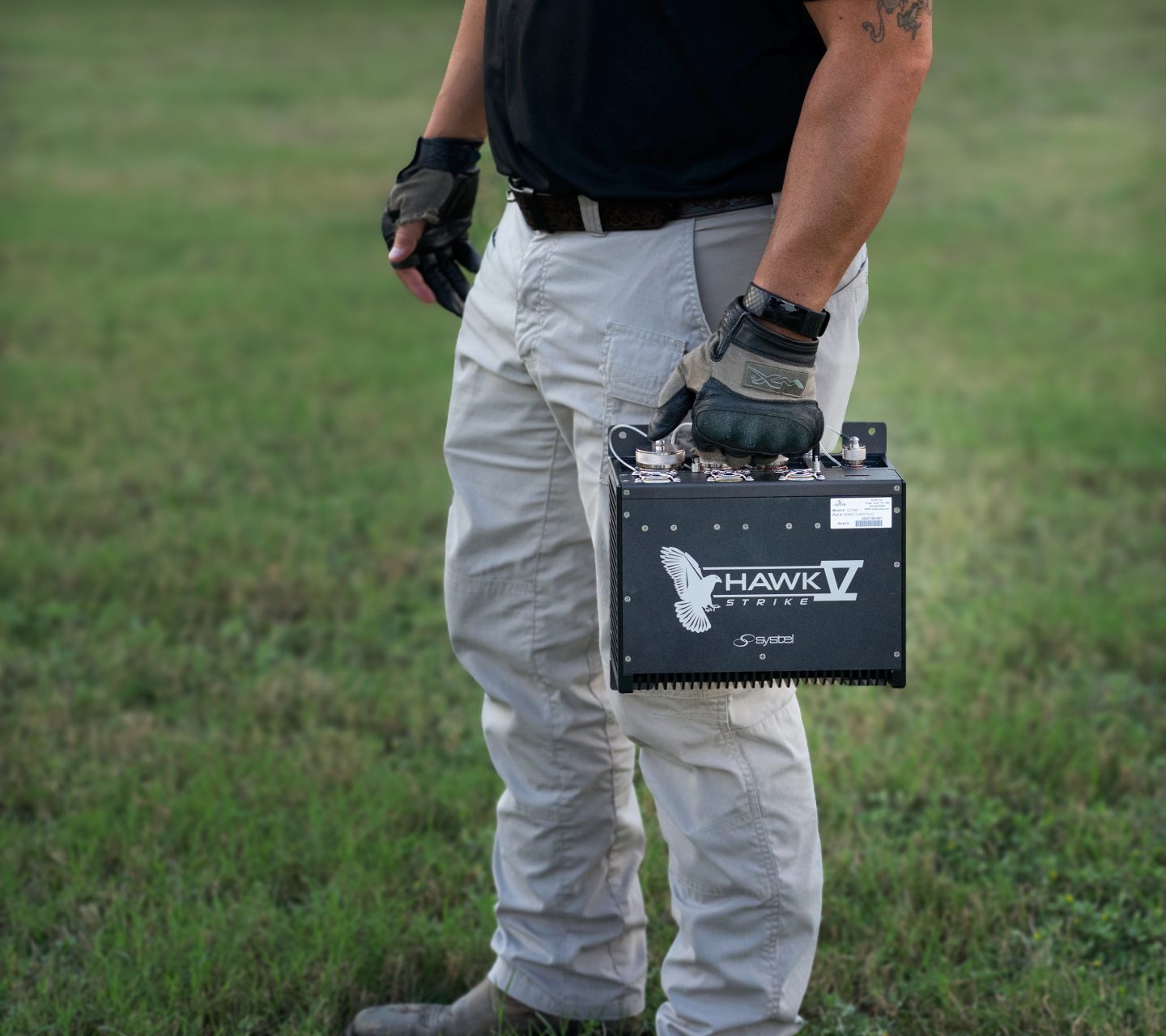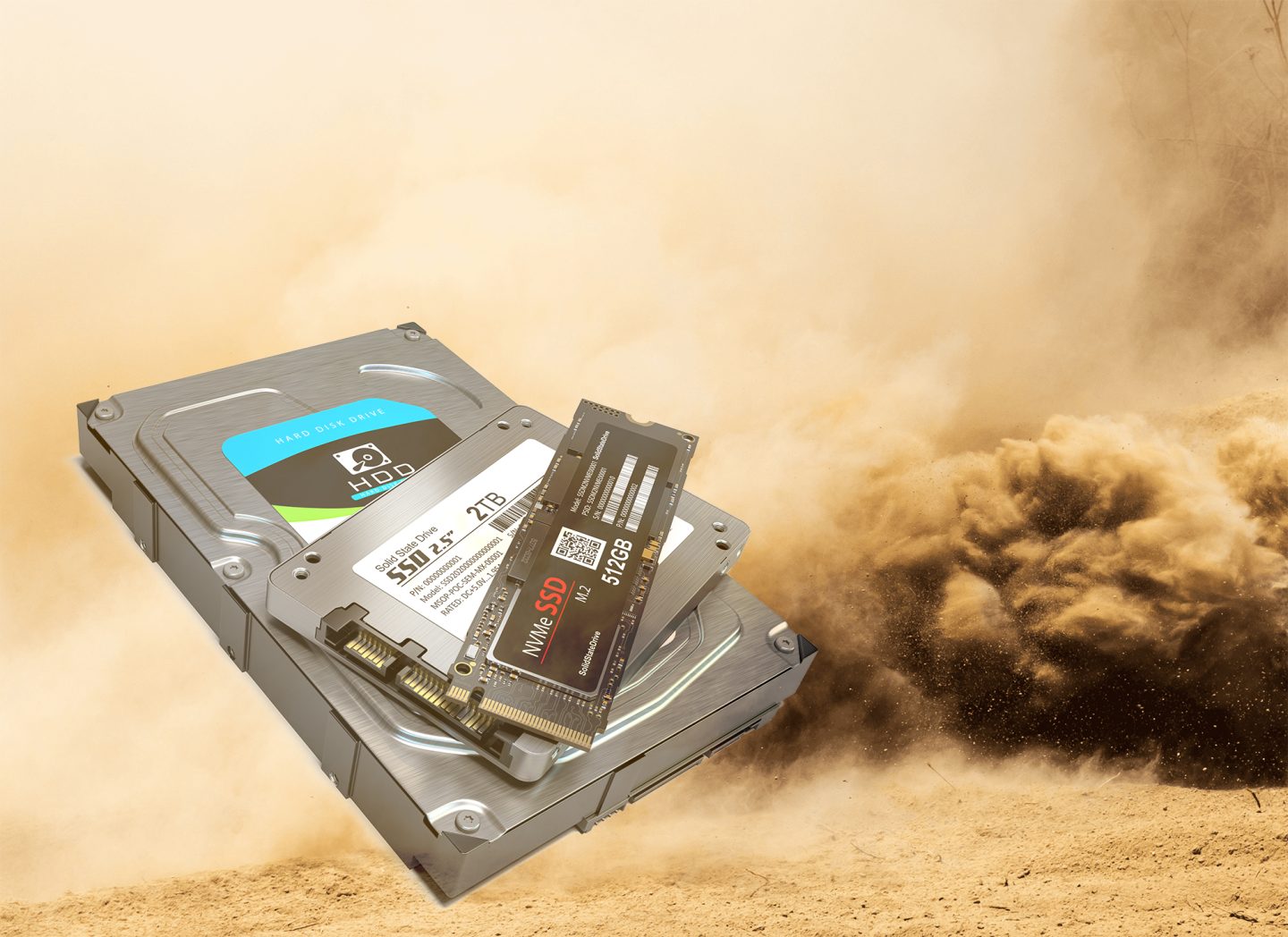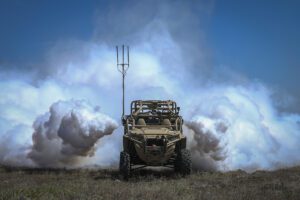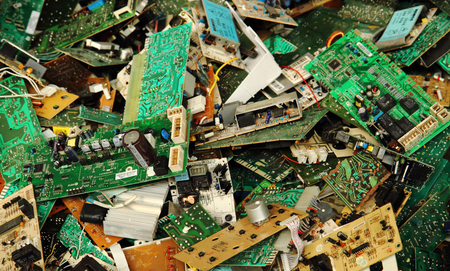What is an Industrial Computer?
Computers are becoming increasingly specialized, and in that sense, computers used for industrial and commercial purposes are no different. These computers are expected to operate in environments where dirt, vibrations, impacts, temperature, moisture, fumes, and other hazards that consumer desktop PCs can’t handle.
What are the types of Industrial Computers?
In these rugged, messy environments you’ll find many types of computers. From tiny tablets to massive mainframes, the hardware is as varied as the tasks they’re expected to accomplish. Here are some of the most common Industrial Computer categories:
- Panel PCs: These are computers built into a flat panel display, often with touchscreen capabilities. Similar to ruggedized consumer tablets, they may be hand-carried or mounted to walls or vehicles like forklifts. They are used for human-machine interface (HMI) applications in industrial settings.
- Industrial Workstations: These are computers used for tasks such as CAD/CAM, data analysis, or simulations in industrial environments. They may also be used for things like word processing, printing, and specialized software applications.
- Industrial Thin Clients: These are lightweight computers with low hardware requirements designed to connect to a central server or cloud-based system. They are used in environments where centralized data processing and management are preferred.
- Embedded Systems: These are compact computers integrated into larger systems or machinery. They are often designed for specific tasks and are embedded within the equipment they control. This can mean controlling robotic arms, warehouse sorting, or UAVs, for example.
- Rackmount Computers: These are computers designed to be mounted into standard equipment racks. They are often used in data centers and industrial environments where space efficiency is crucial.
- Industrial Servers: These are robust servers designed to operate reliably in industrial environments, providing data storage, processing power, and network services.
- Networking and Internet of Things: These are specialized computers that serve as intermediaries between IoT devices and cloud services or other systems, managing data collection, analysis, and communication.
Featured Systel Products
Rugged Thin Client
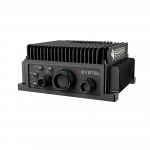 Ultra-compact and lightweight, the Sparrow-Strike is SWaP-optimized for integration and deployment in highly space-constrained locations and vehicles.
Ultra-compact and lightweight, the Sparrow-Strike is SWaP-optimized for integration and deployment in highly space-constrained locations and vehicles.
Industrial Embedded Computer
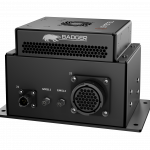 Badger is the industrial rugged embedded computer purpose-built for industrial autonomy and mission-critical applications.
Badger is the industrial rugged embedded computer purpose-built for industrial autonomy and mission-critical applications.
Virtually every computing task can be accomplished in rough and unforgiving industrial environments, but special care needs to be taken to ensure things like cooling, uptime, and resilience is maintained. Redundancy is also a critical concern in industrial computing when downtime can potentially cost millions of dollars in lost productivity or even hazardous conditions for nearby employees.
Where does Systel fit into Industrial Computing?
Systel manufactures small, rugged computers that often fit into the Embedded Systems, Rackmount Computers/Industrial Servers, and Industrial Thin Client categories.
Systel’s Strike line of rugged embedded computers have been deployed in UAVs, ground vehicles, and other locations where MIL-SPEC ruggedization and top-notch reliability are critical.
Systel’s Badger is an industrial rugged embedded computer designed to handle artificial intelligence and complex computing at the edge. Deployments include controlling robotic arms while identifying objects the arms should and should not manipulate.
Small, efficient, rugged – three things that are needed in a thin client deployed in an industrial environment. Sparrow-Strike is an ultra-small-form-factor computer complete with unrivaled thermal management and IO options.
As one of their primary product lines, Systel offers a wide range of rackmount computers designed to function in challenging industrial environments. These rackmounts offer cutting-edge performance and world-class ruggedization:
If you have any questions or would like to learn more about Systel’s Industrial or MIL-SPEC rugged line of computers, please contact us.
